|
When you think of the word ‘restaurant’, what images come to mind? Bright lights, bustling tables, chefs twirling their knives and waiters appearing with lightning-fast service. But when it comes to the topic of plastic waste reduction in restaurants, few images and ideas come to mind. Why? Because so many of them still use a ridiculous amount of single-use plastic in their establishments. From straws to lids on drinks, side items like ketchup and mustard bottles, takeout containers… The list goes on and on. Image Source: Unsplash To reduce plastic waste and save money at the same time is no easy feat for any restaurant owner. But with some simple changes here and there, we can do just that. Let’s explore how restaurants can successfully reduce single-use plastic waste while also saving money from one simple change to another! Table of ContentsWhat is single-use plastic and why is it a problem?Single-use plastic refers to products made of a synthetic plastic material intended to be used only once and then discarded. This includes plastic bags, water bottles, produce bags, coffee cups, packaging and more. This plastic is extremely problematic for both the environment and our health. Not only does it take up to 1000 years to fully decompose, but it also has a harmful impact on the way we live. For the environment, these types of plastic are the single-greatest source of waste. They clog our oceans, rivers and landfills. In fact, it’s estimated that by the year 2050, there will be more plastic in our oceans than fish! For our health, single-use plastic can leach harmful chemicals into our food, beverages and other products. This can have a negative impact on our digestive system and even lead to serious illnesses. And this is just the tip of the iceberg. Reduce single-use plastic in restaurants: Why and how?There are many reasons why single-use plastic should be reduced in restaurants. If you’re wondering why, consider the following: It’s not sustainable for the environment. It negatively impacts our health. It’s costly for businesses. It’s bad for customer relations. It’s a missed opportunity for businesses. And this is only the tip of the iceberg. With all of these issues combined, it’s no wonder why so many restaurants have already started to reduce single-use plastic in their establishments. Switch from disposables to reusable itemsDisposable items like plastic cutlery, cups, straws and food containers can be substituted with their reusable counterparts. This can greatly reduce the amount of single-use plastic your business uses each day. Not only that, but it’s a great way to promote a cleaner, healthier environment for your customers and employees. Switch out your single-use food containers for reusable ones. Customers love them, and they’re a great way to reduce plastic waste in your restaurant. If you’re wondering where to start, you can choose from a variety of materials, like stainless steel, bamboo, bamboo, food-grade plastic, glass and more. Go green with eco-friendly dining wareEco-friendly dining ware is a great alternative to plastic cutlery, cups and more. These materials are some of the most popular options for eco-friendly dining ware. Bamboo: bamboo is one of the most sustainable materials out there. It’s fast-growing, doesn’t require as much water or nutrients to grow as trees do and is easily renewable. Ceramics or Glass: this material is widely used in China, India and other Asian countries. It has a long history of use, dating back thousands of years. Stainless steel: this is a very durable material that’s scratch-resistant. It’s dishwasher-safe and easy to clean. Bioplastic: this material is more sustainable than traditional plastic. It’s made from plant-based, renewable sources. Wood: wood has been a popular material for dishes and dining ware for many centuries. It’s a renewable resource that you can easily repurpose after several years of use. These materials are just a few of the eco-friendly options out there. There are plenty of others available for you to choose from, as well. Change your condiments for sustainable optionsCondiments, such as ketchup and mustard, can also be served in sustainable alternatives, such as repurposed glass bottles. Even squeeze bottles made from sustainable materials, such as bamboo, are a great option. This can greatly reduce the amount of single-use plastic your business uses each day. Not only that, but it’s a great way to reduce the amount of waste your restaurant produces and save some cash in the process. If you’re wondering where to start, you can choose from a variety of materials, like bamboo, glass, food-grade plastic and more. Ditch the disposable to-go containersDisposable to-go containers are one of the worst offenders when it comes to single-use plastic. They’re used in restaurants, delis, food trucks and everything in between. This can lead to a ridiculous amount of waste in and around establishments. To reduce single-use plastic in your restaurant, you can ditch the disposable to-go containers in favour of reusable ones. Customers love them and they’re a great way to reduce your waste. To help you get started, you can choose from a variety of materials, such as bamboo, cardboard and paper. Summing upSingle-use plastic is incredibly problematic for our health and the environment. To reduce this waste in restaurants, businesses can switch from disposables to reusable items, go green with eco-friendly dining ware, change their condiments for sustainable options and ditch the disposable to-go containers. With all of these changes in place, businesses can successfully reduce single-use plastic waste while saving money from one simple change to another! To conclude, single-use plastic is an enormous problem for our health and the environment. To reduce this waste in restaurants, businesses can switch from disposables to reusable items, go green with eco-friendly dining ware, change their condiments for sustainable options and ditch the disposable to-go containers. With all of these changes in place, businesses can successfully reduce single-use plastic waste while saving money from one simple change to another!
0 Comments
New environmental regulations, coupled with the growing concern of global climate change and pollution, have forced hotels to take action against single-use plastic waste. The hospitality sector is now focusing on reducing or eliminating plastic straws, cutlery, and other disposable items that go directly into the landfill after one use. Image Source: Unsplash With more than 330 million people staying in hotels every night and accounting for about 40% of all available accommodations worldwide, hotels have a great potential for reducing their single-use plastic waste by switching to reusable items . If you own or operate a hotel, here are 5 easy s that can help reduce your hotel’s carbon footprint and make an impact on the environment. Table of Contents1: Educate yourself, your staff and your guestsBefore you dive into action and change your hotel’s eco-friendly policies, make sure your staff and guests are aware of the importance of reducing single-use plastic waste. By encouraging your guests to bring their own reusable water bottles, cutlery and bags, you can significantly reduce the amount of disposable items that end up in the landfill. You can put up signs in the hotel lobby, or send emails to your guests, encouraging them to bring their own reusable items and explaining why it is important to do so. It is also important to educate your staff, especially your kitchen and housekeeping staff, so they are aware of the new environmentally-friendly policies and know how to handle requests related to reusable items properly. 2: Replace plastic water bottles with glass or metalOne of the single-use plastic items you can easily replace with reusable alternatives is the water bottle. Many hotels provide plastic water bottles as part of their guest amenities, but this should be replaced with reusable metal or glass bottles. If you have a restaurant at your hotel, you should also encourage your guests to order tap water instead of bottled water: more than 50% of the water bottles used daily in the US are for hotel guests. If you are going to replace plastic water bottles with glass bottles, make sure your guests will be able to handle and transport them properly. You can also put up signs at the guest room, informing guests how to properly use glass bottles. 3: Replace single-serving condiment packsSingle-use plastic condiment packs are another item that many hotels have been providing for their guests for years, but these should be replaced with reusable alternatives such as reusable containers or eco-friendly paper cups. You can also encourage your guests to bring their own food containers from home and use them to store leftovers from the hotel restaurant. This will also cut down on single-use plastic waste from the hotel kitchen. 4: Go green with eco-friendly amenitiesAs you are replacing plastic items with reusable alternatives, make sure that you are switching to eco-friendly items and materials. Instead of disposable paper towels and sponges, consider switching to washable reusable towels and environmentally-friendly sponges. This way, you will avoid wasting large amounts of paper and sponges that will go directly into the trash after one use. If you have a gift shop at your hotel, consider replacing plastic bags and boxes with eco-friendly alternatives such as cardboard boxes made from recycled content. 5: Recycle where plastic waste is unavoidableWhile reducing single-use plastic waste and replacing it with reusable alternatives is a great first step, it is also important to recycle plastic waste that can’t be avoided. Wash your reusable towels and sponges after each use and put them into the hotel laundry. This way, you will eliminate the need for disposable paper towels. In the kitchen, recycle all leftovers that cannot be composted, such as vegetable peels, bones, etc. If your hotel has a food waste disposal system, make sure you are feeding it with proper food waste that can be composted, and not with plastic items. ConclusionBy following these 5 easy steps, you can significantly reduce the amount of single-use plastic waste from your hotel. It is important to note that hotels are not the only industries that can benefit from these 5 tips. They can also be applied to restaurants, grocery stores, and other similar establishments. With the growing concern of environmental issues, the use of plastic items has been under heavy scrutiny. Hotels are a major contributor to the problem, as they provide disposable cups, cutlery, and other items to their guests daily. If you are an owner or manager of a hotel, it is important to reduce your hotel’s carbon footprint by reducing the amount of single-use plastic waste. By following these 5 easy steps, you can significantly reduce the amount of plastic waste from your hotel. Littering is an epidemic worldwide. In the U.S., littering costs $45 billion every year. That’s an awful lot of money that could be spent on things like education, clean water, and parks instead. And it’s one of the worst forms of behavior for the environment. It causes air pollution, water pollution, and garbage pollution. Essentially, littering is one of the worst things you can do. It’s incredibly inconsiderate, takes up unnecessary space, and is against the law. How can you stop littering? Let’s take a look at some ways to prevent it from becoming a habit in your life. Table of ContentsThe Easiest Way to StartThe easiest way to start is to be aware of your surroundings. When you see trash on the ground, pick it up and put it in the nearest trash can. If you see somebody littering, politely tell them not to do it. If they ignore you, let them know that they’re breaking the law and could be fined $1000 or more. It also pays to participate in volunteer work where litter removal is necessary. This will give you a chance to see just how much garbage there really is out there and make you more conscious of picking up any litter you come across in your everyday life. In order for these methods to work, we must all be involved in keeping our surroundings clean; we need pedestrians and drivers alike participating in good habits like recycling and picking up trash when they see it. It takes all of us working together for our environment to stay clean! Reusable Shopping BagsCarrying reusable shopping bags with you is a great way to prevent littering. You may not have noticed this, but people who go shopping with their own bags are less likely to litter. It's because they can easily carry their items home without the need for plastic or paper bags that will inevitably end up in a landfill. Many single use packaging products state "Recyclable" on them, but that does not mean they actually get recycled. I will be honest, it took me about 2 years to finally make this an unconscious habit, and I now have enough reusable totes to last me several lifetimes, but it's been a very long time since I have used a single use bag! Make Sure You Dispose of Waste in the Correct PlaceThere are a number of steps you can take to make sure you don’t litter. The first would be making sure that you dispose of your waste in the proper place. This includes things like trash and food wrappers. It might seem trivial, but a lot of people think that being able to throw their trash anywhere is convenient. But it’s far from convenient for the environment. Trash left on the ground is easily blown away by wind or pushed around by animals, which just causes more environmental damage. So, what should you do? You should always make sure that your garbage ends up in bins and other designated areas where it will be picked up and properly disposed of an incinerated. Don’t Litter When You’re DrivingOne of the most common ways people litter is by throwing things out their car window. This littering behavior not only causes a nuisance on the side of the road, it also creates dangerous driving conditions for other drivers. In fact, littering from a car can cause up to $5 billion worth of damage every year. The best way to stop this from happening is to never throw anything out your car window while you’re driving. Remember that old saying, “Think before you toss?” It applies here too! If you have trash in your car, never throw it out onto the ground or anywhere else that could harm another person. Instead, wait until you reach your destination and dispose of it there. I find a good rule of thumb is: if you can carry a full package out, you can surely bring your empty package back. Walk and Talk to Your NeighborsOne great way to stop littering is by walking and talking with your neighbors. What can you do if you see a smoker who just threw their cigarette butt on the ground? You could politely suggest that they consider dropping their cigarette butts in the nearest bin. You can also start a conversation about reducing consumption of single use materials and why it's important. Or, you could encourage your neighbors to start to recycle by providing helpful information, like how easy it is to recycle or which items can be recycled in your area. And don’t forget about talking about how littering affects wildlife and the environment! Get Educated About the ProblemThe first step to overcoming any problem is getting educated about it. You need to know what’s causing it and why it needs to be stopped. Littering is caused by ignorance, apathy, or even convenience. It’s important to understand the cause of your behavior so you can work on changing that behavior. For example, if you litter because you don’t care about the environment, then you need to change your mindset about the environment. Have a Talk With Your KidsTeaching children from an early age about the consequences of littering is one of the best ways that parents can help. For example, if a child throws a piece of trash on the ground, have them pick it up and put it in a nearby trash can before they go on their way. When you teach your children from an early time that littering is wrong, they’ll have less of a chance to develop into chronic litterers when they get older. Organize a Street Fair or Community CleanupOne way to stop littering is by organizing a street fair or community cleanup. Invite your neighbors, friends, and friends’ friends for a day of cleaning up the streets and picking up litter. Make it fun! There are so many creative things you can do like going for a walk with friends, having a picnic on the street, or inviting everyone over for dinner. Another way to stop littering is by educating people. It’s important to talk about why it’s so bad for the environment—and on another level why it’s illegal to throw garbage on the floor in public places—to change people’s mindsets. Share posts from reliable sources on social media and create informative conversations with your family and friends. You could also pass out flyers at schools or put up posters around town that show the consequences of littering (such as dirty air). ConclusionWhen you litter, you’re not just harming yourself; you’re harming the entire community. Litter can end up in rivers and streams, on beaches and in the ocean, in our communities and even on our doorsteps. The good news is that it’s never too late to start taking some simple steps to help stop litter. The best place to start is with yourself. Begin by making a commitment to stop littering, then take some of the other actions outlined here. And don’t forget to spread the word! Everyone has a responsibility to take care of the planet. You don't need to be a scientist or an environmentalist to do your part for the environment, and you don't need to become a hermit either. Here are a few easy ways to leave places better than you found them by simply changing your behavior and doing small things that matter. Its sounds idealistic, but the world would be a much better place if we all left places a little bit better than we found them. When you leave a place better than you found it, you are doing a great service to your fellow citizens and you are helping to make the world a better place for yourself.
Plan ahead The first step to being a better caretaker of our environment is to plan ahead. Bring reusable bags with you when shopping, or pack some snacks and water in your car so you have it on hand. You’ll find yourself less tempted to buy things at the store or get fast food if you bring your own sustenance. You’ll save money, too! Reduce your waste A great way to do your part for the planet is by reducing what you throw away. Things like reusing plastic water bottles, recycling materials, and composting food scraps can help reduce your waste. If you're a coffee drinker, be sure to use reusable cups every time you go out for coffee. Use cloth bags when shopping instead of disposable bags. This will not only help the environment but it will also save some money in the process! Make the right choices The first step to leaving the world a better place is by making the right choices. There are many small ways you can start living in a more sustainable way, from recycling to turning off lights when you leave a room. It's also important to reduce your waste and use less energy. Consider using reusable shopping bags instead of plastic ones, only running the dishwasher when fully loaded, or turning off electronics and lights when they're not being used. Take time to appreciate nature Find a place that is green, like a park or the seashore and spend some time there. Enjoy the vibrant colors, fresh air, and calming sounds. Nature is embedded in our DNA and we need to be in constant contact with it. This is why many people choose to grow plants at home, but if you're not a green thumb, you might want to check out greenhouses or plant stores. Learn to appreciate the beauty of nature by learning to grow something on your own! If you spot some trash left behind by others, or brought in by the tide, you could pick it up and leave it in the nearest litter bin. Then leave with a sense of peace knowing that you took a positive action and that you are doing your part to make your world better. Give back to the community For anyone who wants to get involved in charity, there are a wide range of ways to do so. You can donate money easily through a number of crowdfunding sites. Many people don't realize this, but you can even get involved in charity work through your own personal skills and talents. If you have any kind of artistic skill, consider donating your talents to hospitals and organizations. You could even take on a small job, such as repairing a fence, to help out the community. Volunteering is a great way to give back, especially if you're looking for a creative way to spend your time! Encourage others Encouraging other people can be as simple as being friendly, giving a compliment, or helping someone with a problem. Encouraging other people can also be as big as giving them a smile, a hug, or a handshake, or helping organise a local clean up event. Encouraging other people is an important part of life and it is something that can make you feel good about yourself. Conclusion Leaving places better than you found them is a nice way to make the world a better place. To encourage this behavior, make it a point to think about how you are treating the environment, people, and your surroundings before, during, and after your stay in a place. Make an effort to leave things better than when you found them. The global litter problem is massive and can seem overwhelming - but tackling it is not nearly as difficult as it seems. Want to know How to Be a LitterHero? We have broken down the litter problem into simple items that anyone can act on, locally. PreventionThe single easiest way to tackle the litter problem is to produce less waste in the first place. The number one source of litter is waste packaging. There are a number of ways to reduce the waste you generate but the simplest one of all is to consume less. The next best thing is to choose products that have minimal packaging of a recyclable or biodegradable nature. Which ever method of litter prevention suits you best, it will work even better of you can bring friends and family on board! Spread the word and share your reasons for preventing litter, you will be making a change and spreading change by changing mindsets and paradigms. Below are two ways to move forward.
EliminationWhile the easiest, simplest and most powerful, way to reduce waste and litter is to prevent it in the first place, there is so much litter already in our environment that we need to take direct action to clean it up! You don't need to organise or take part in massive actions - although they are great for raising awareness. Even the smallest actions add up to a massive positive change, not just from the litter you remove, but because other people get inspired by your actions.
ToolsFrom time to time, as I walk about town I spot a discarded box or wrapper and just pick it up and drop it in the nearest bin, but it's safer, more hygienic and highly recommended to use the right tools to make the job, quick fun and much easier. Here are our suggested Litter Hero clean up tools, with affiliate links, so if you click to buy any of the suggested tools, LitterHero may earn a small commission! Aren't plastic bags part of the litter problem?? Yes they are, but my pragmatic choice has been to remove litter that is in the environment and place it into the municipal waste stream instead. Is it even worth getting started on local litter clean up activities when globally, mounting trash is such a massive problem? Yes it is, and here's why: At times we are bombarded with so many negative statistics, articles, videos and comments relating to the state of the plante, that it all seems just too overwhelming. It happens to me often, but then I think "every single piece of litter on the street, in the forest and in the ocean was put there by someone not entirely unlike me. The same way it got there, it can be retrieved - piece by piece."
Start Small Is there a lot of work to be done? Certainly. Is it worth the time and effort? Unquestionably. This is our planet, our home, our street and our own back yard. It's easy to post angry and frustrated comments on social media, but ultimately it's up to you and me to take action to make things better. Think Big The great news is that if even a few people start taking direct action such as joining local clean up initiatives, talking to and pressuring municipalities and telling their friends and family that every one of us can have an immediate and direct impact, then we can effect change on a Global scale. It all starts with me & you! Good Citizenship Wikipedia defines this as when one properly fulfills his or her role as a citizen. There are many opinions as to what constitutes a good citizen. Theodore Roosevelt said, "The first requisite of a good citizen ... is that he shall be able and willing to pull his weight." A great way to do that is to get involved with your local community. Beyond Litter Why focus on litter when there are so many even more pressing environmental concerns? It's a great question. One of the reasons I have chose to focus on litter is that I feel it's something so very easy to control, without even changing our lifestyle, just our habits, and if we are persuasive, the habits of our friends and family too. But it goes beyond the local manifestations of piled up kerb side trash; if we no longer accept such sights, we start to grow more aware of our surroundings and our impact on our environment, natural and man-made. Then we can start to shift our current paradigm and all live with more quality and abundance. Mattresses take up a good amount of space in your home, and unfortunately, in the landfill. However, when it’s time for a new one, these large home products don’t need to become unsightly waste - Find out how! Written by Sarah Johnson Zero Waste Advocate working for Tuck, a community devoted to improving sleep hygiene, health and wellness through the creation and dissemination of comprehensive, unbiased, free web-based resources. You have options that will keep your mattress out of the landfill. With a two-fold approach to reduce waste and buy environmentally-friendly mattresses, you can make a difference. 1. Donate the Old Many national and local charity or thrift organizations accept mattress donations. Be sure your mattress is stain, tear, and odor free. If you live in an area with bed bugs, mattress donations may not be accepted. To save yourself the hassle of loading and hauling your mattress, call ahead to make sure it will be accepted. Do NOT leave your old mattress behind a charity store after hours. You may be leaving them with the problem of disposal and most likely it will end up in the landfill. 2. Look Up Recycling Facilities The parts and components of many different types of mattresses can be recycled. For example:
3. Think Outside the Box Mattresses are full of components, from braiding and buttons to nails and screws that can be used for other projects. Innersprings can be used to make wreaths or transformed into a picture holding room divider. Memory foam can be used to make a dog bed or chair cushions. Wood slats come in handy for all kinds of home projects. If you’re up to dismantling the mattress yourself, with a little creativity, you can probably use most of the components around your home. 4. Choose an Environmentally-Friendly Mattress The truth is that there’s no mattress that’s 100 percent green, organic, or environmentally friendly, but there are some that come close. All-natural latex mattresses are derived from the sap of the rubber tree. After the sap goes through a series of manufacturing processes, it makes a mattress that’s both durable and comfortable. These mattresses are biodegradable, leaving behind a white residue. However, latex mattresses can be expensive. If you need something more affordable, look for mattresses made with organic components through environmentally-friendly practices. Organic cotton and/or wool covers, plant-based foams, and fire socks instead of chemical flame retardants produce less waste and make disposal easier.
To help you find an environmentally-friendly mattress, look for certifications from independent organizations that monitor environmental impact like:
A mattress doesn’t have to become waste. With a few phone calls and research, you can dispose of the old and find a new one that will cut down on your environmental footprint. Cigarette filters are not as bad as nuclear waste, but they take seven years to bio-degrade. In the words of a lifelong smoker, here's how you can make a bad habit into a habit that's not so bad for the planet! Written by Merran Van Der Tak Retired marketing queen, lifelong smoker and full time #LitterHero If you are a lifetime smoker, as I am, quitting can be difficult.
But it should not be difficult to see that cigarette ends are litter. Just look around the entrances to buildings (where people cannot smoke inside), or in parking areas – even in scenic places – where people have decided that their car ash-tray is full. Take a look at your own ash-tray or around the places where you usually smoke. Cigarette filters are not as bad as nuclear waste, but they take around seven years to bio-degrade. Some of our cigarette ends might stay around longer than we older smokers do. There are cases where fish have choked to death on them - at least that stops them from getting hooked, I suppose. Smokers already suffer social stigma. Cigarette ends everywhere just make it worse – another reason for non-smokers to think that we are low-life. I am a heavy smoker. It is more than 40 years since I dropped a cigarette end anywhere except in a proper receptacle. If I am far from receptacles, I dispose carefully of any burning ash and residual shreds of tobacco, then the filter goes into the plastic around the lower part of the cigarette packet or even into my “butt pocket”. No, they do not make my clothes smell, although that might depend on the brand and how carefully I remove the shreds of tobacco. For longer outings, I carry a portable ash-tray with lid – there are lots of options available, even a little plastic bag would do. These days, there are even start up companies producing pocket ashtray, I rather like these from Portuguese non profit Biataki. If dog-walkers are required to collect their dogs' waste, why not cigarette smokers? Cigarette ends are litter – don't drop them. Please! Instead, why not help pick them up, take a photo and share it today with the hashtag Local events to aim to raise awareness, build community and clean up a local street, park or neighborhood. Join or start one today, get involved! Cleanup events are one of the most powerful ways of spreading a positive message and being an actual Litter Hero. Whether an event is attended by 2 people or 200 people, the statement is clear:
"We have a litter problem here, and together we can make this part of the world cleaner". LitterHero clean up events are design for maximum positive impact and minimum hassle. We do this by limiting numbers to around 30 people max and scheduling at a time when people with children can also attend, usually Saturdays around 10:30 am. Another powerful driver is that we like to keep our events very short! 30 minutes of clean up time is enough for even a small group to make a big impact and also keep people of all ages engaged and more importantly, increase the desire to clean up even more! In a nutshell, here's the secret sauce:
If you would like to host your own litter clean up events through a local #LitterHero group or on your own, here is a good article to help you get started.
The #LitterBike concept is all about putting litter in the bin and the fun between your legs! If you commute by bike it's even easier! Here's how to get started.
This is concept is ideally suited to a city, touring or hybrid bicycle with a rear rack! All you need is a pannier or light weight trash bin, a bin bag and a litter picker. Step 1 - fix your pannier or bin to the rear rack. Step 2 - Line your pannier or bin with a bin bag. Step 3 - Get picking! Step 4 - Snap a photo and share with with the tag #LitterHero and #LitterBike! If you like this idea and want to get involved or to start sharing your own LitterBike actions, get in touch! |
AboutFind and share here news and information on best practices for taking direct action to combat and prevent waste! Tags
All
|
How To |
Projects |
|
©2023 LitterHero
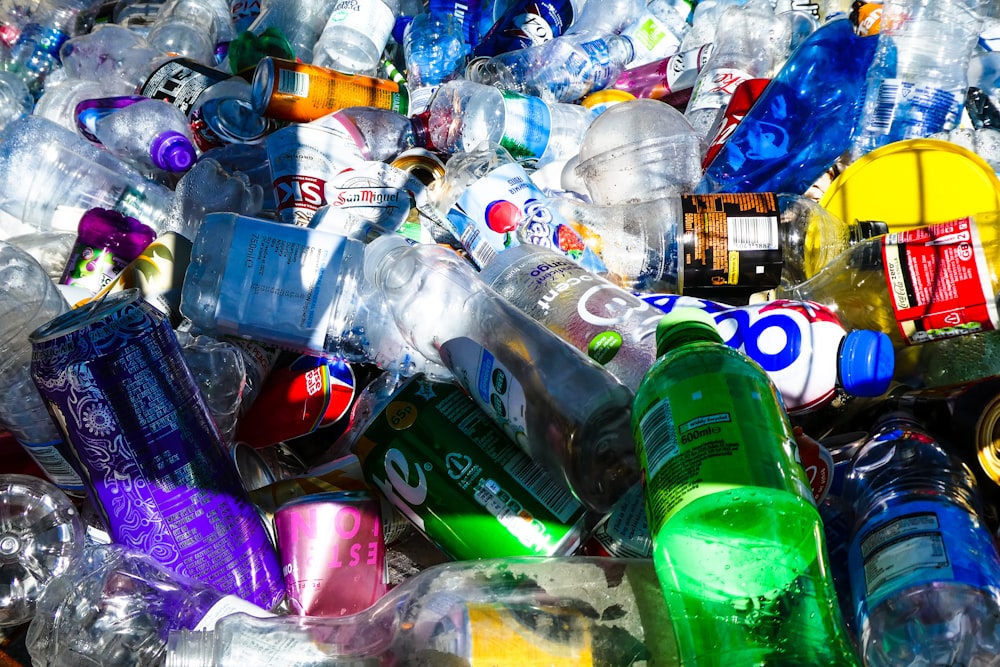
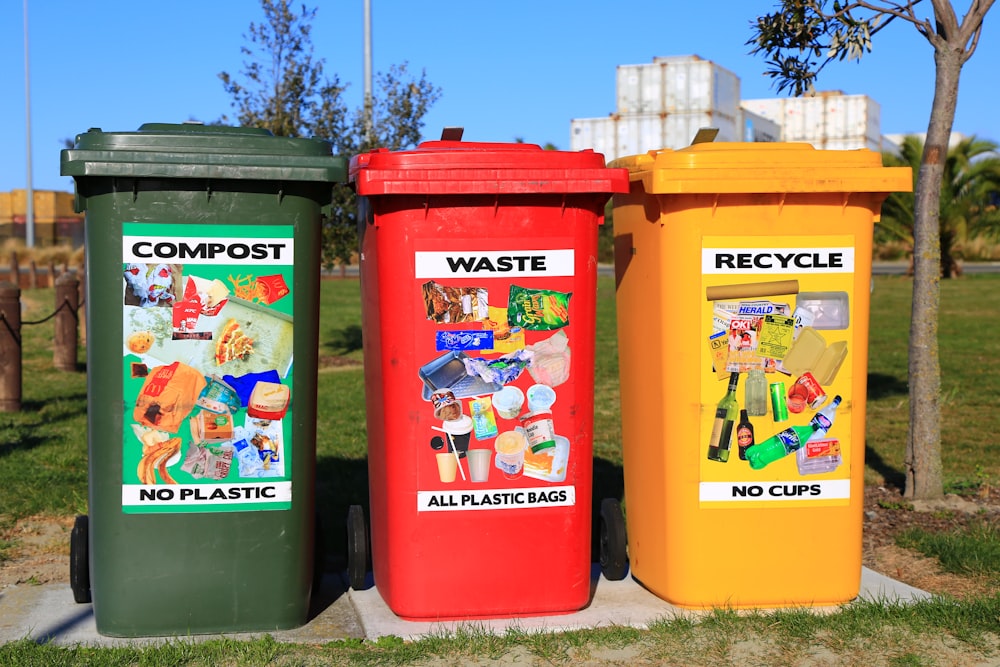
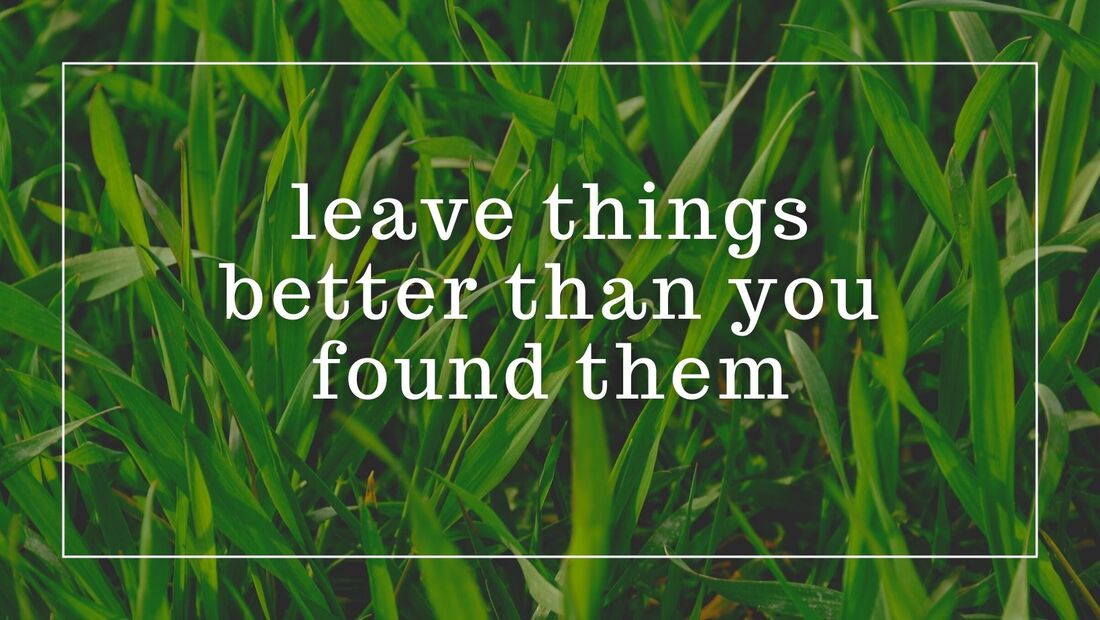
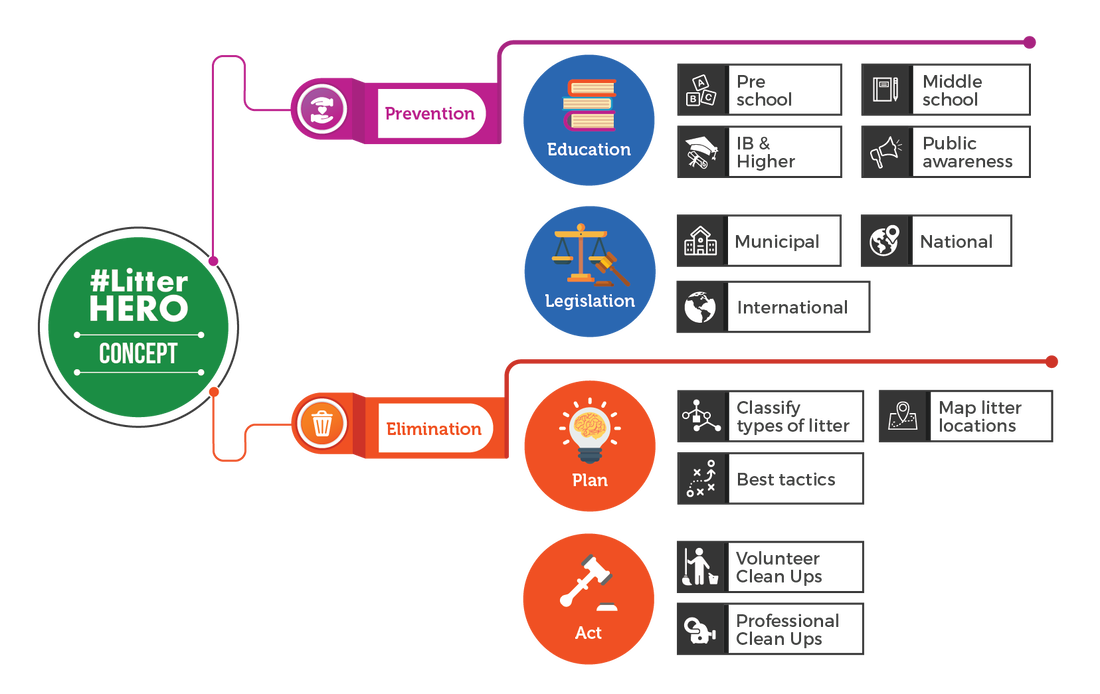
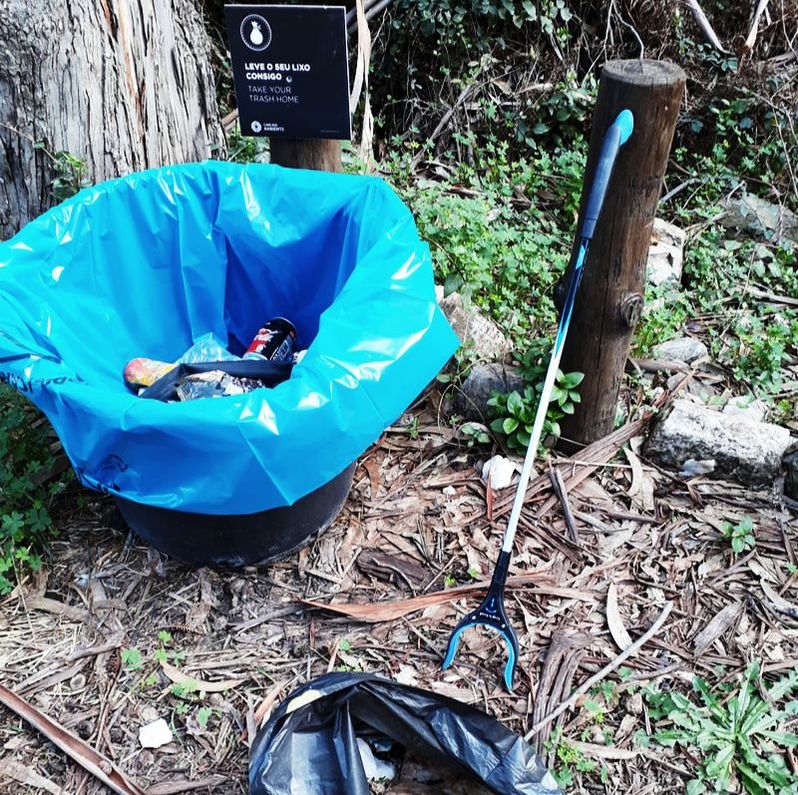
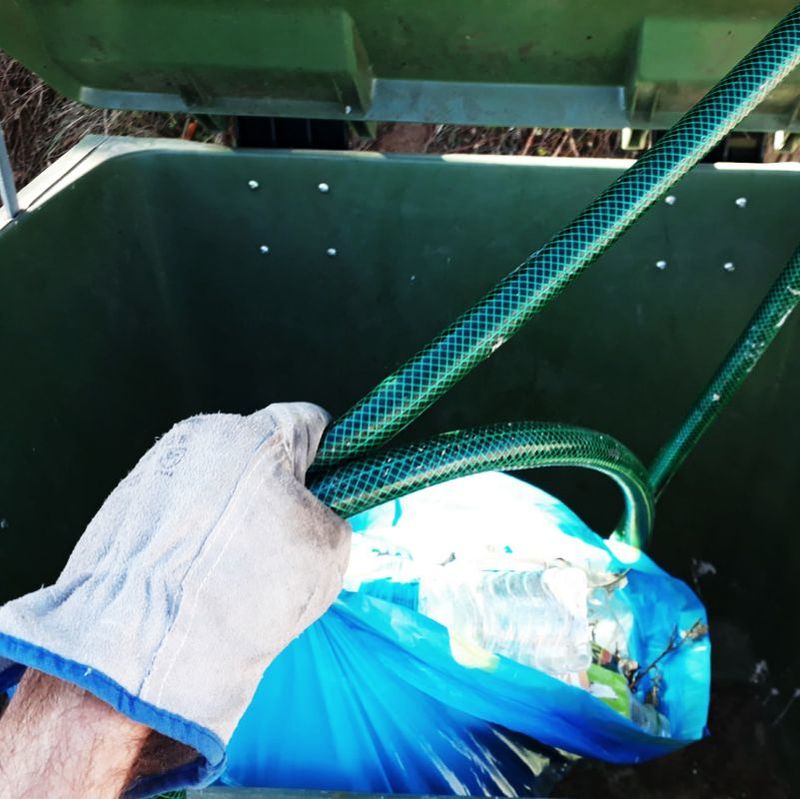
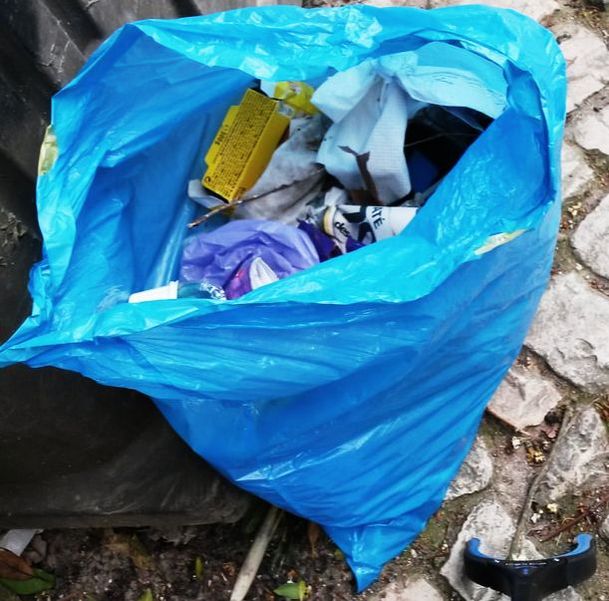
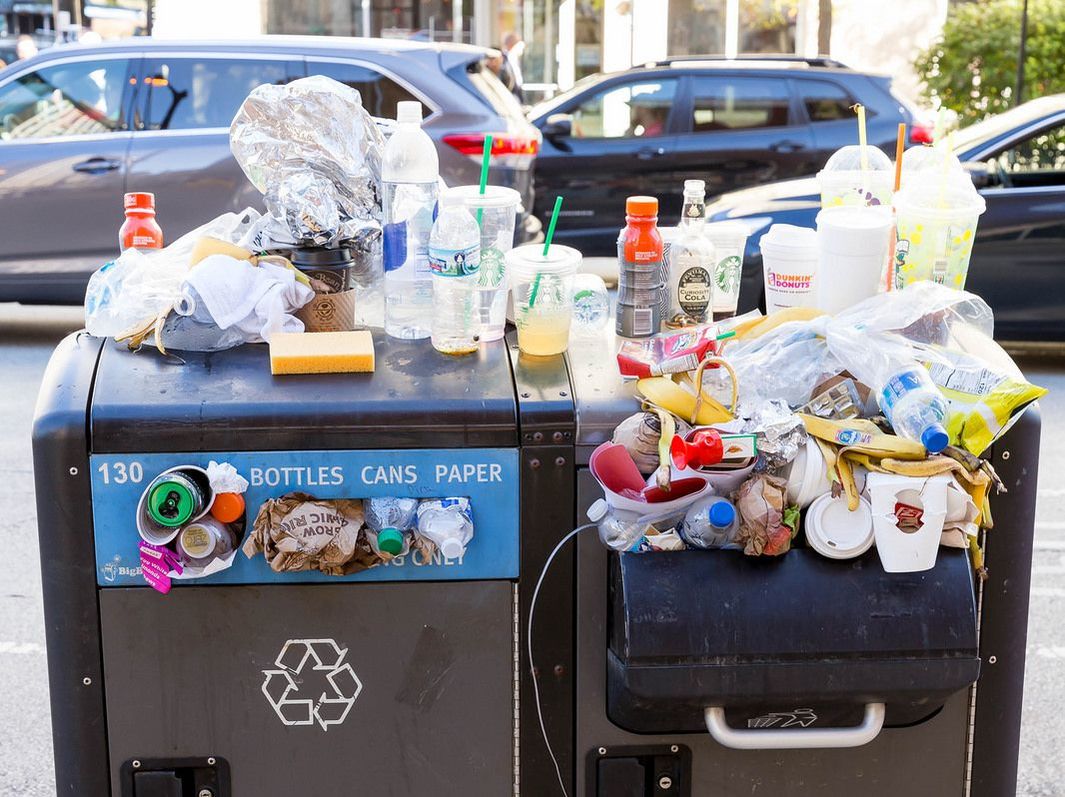
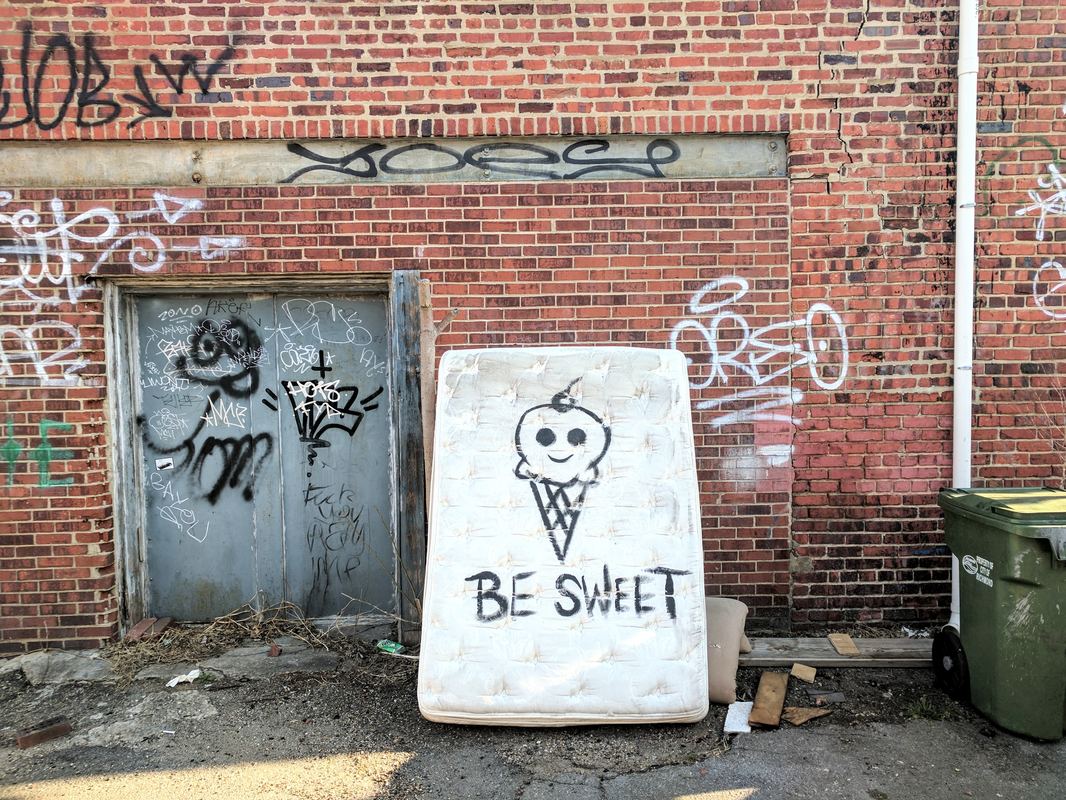

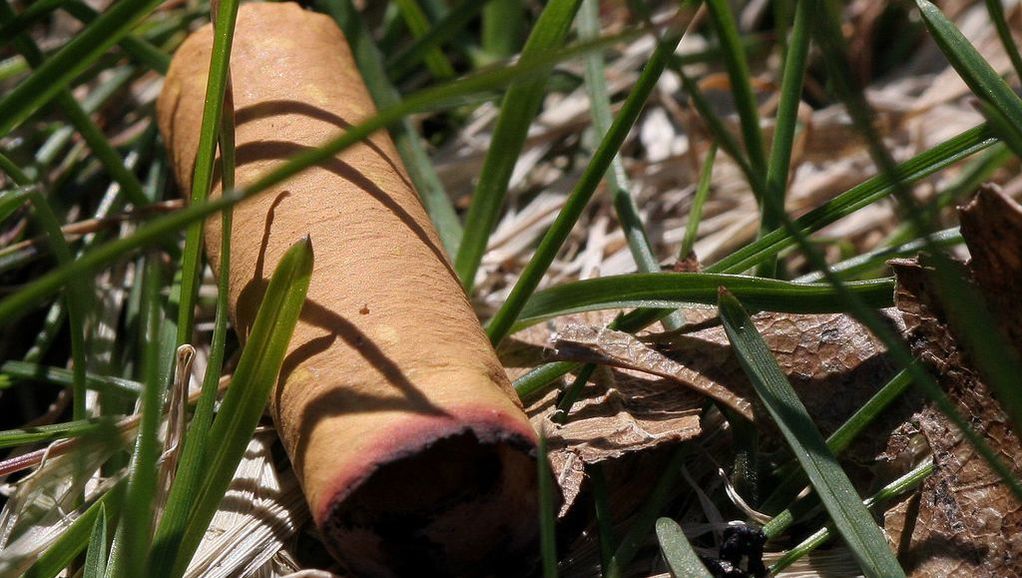
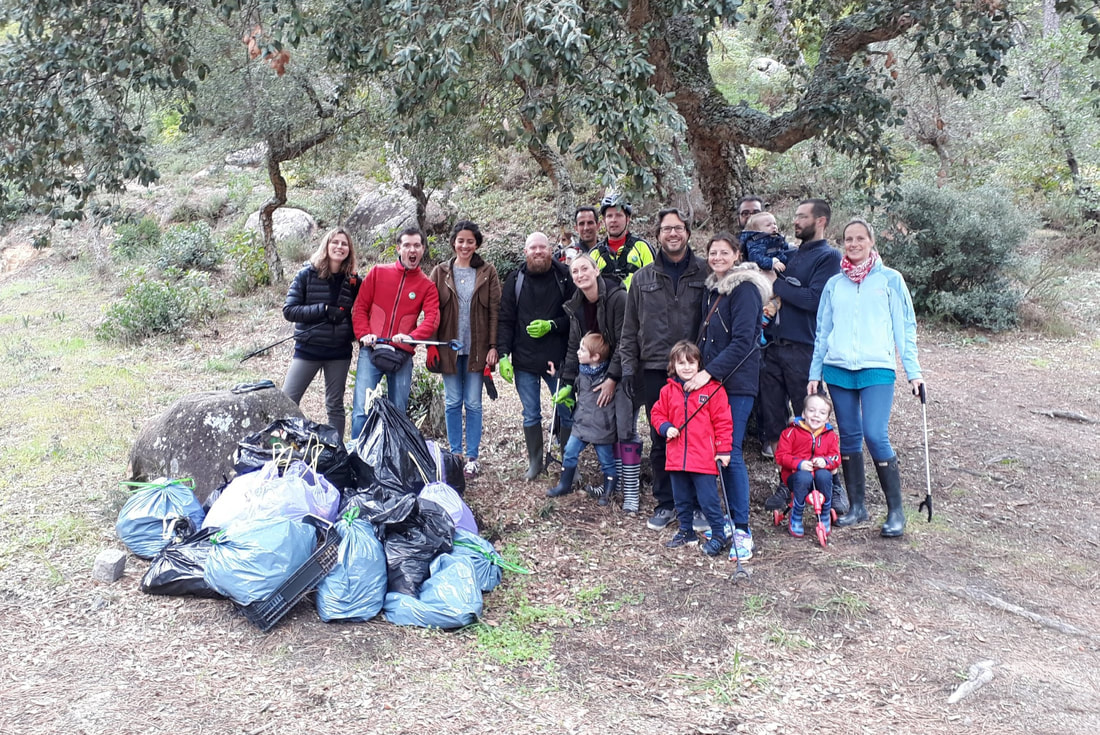
 RSS Feed
RSS Feed



